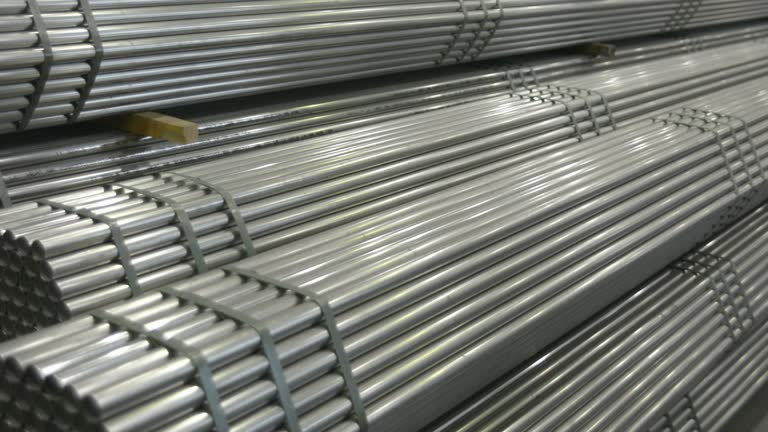
304 vs. 316 Stainless Steel: Which is Right for Coastal and Chemical Environments?
- Views:0
- Author:
- Publish Time:2025-10-31
- Origin:
When it comes to selecting the right stainless steel for specific applications, understanding the differences between 304 and 316 grades is essential. Both materials offer unique properties that make them suitable for various environments, but choosing the right one can significantly affect performance and longevity. Let’s explore how to make the best choice for coastal and chemical applications.

Key Differences Between 304 and 316 Stainless Steel
1. Composition and Properties
304 Stainless Steel: This versatile grade is composed of 18% chromium and 8% nickel. It is known for its excellent corrosion resistance in a variety of environments, making it a popular choice for many applications.
316 Stainless Steel: In addition to the same chromium and nickel content as 304, 316 stainless steel contains about 2% molybdenum. This addition enhances its resistance to pitting and crevice corrosion, particularly in chloride environments, such as coastal areas.
2. Corrosion Resistance
304: While 304 stainless steel performs well in many settings, it may not stand up to harsh environments, particularly those with high chloride exposure, such as marine applications.
316: This grade excels in environments with saltwater or chlorinated chemicals, making it the preferred choice for coastal applications and chemical processing facilities.
Choosing the Right Steel for Your Environment
1. Coastal Environments
Impact of Saltwater: In coastal areas where saltwater is prevalent, the risk of corrosion is significantly increased. For applications such as railings, marine hardware, and outdoor structures, 316 stainless steel is the clear winner due to its superior resistance to pitting and corrosion.
Longevity and Maintenance: Choosing 316 can lead to lower maintenance costs and longer service life, as it offers enhanced protection against the elements.
2. Chemical Processing Facilities
Chemical Exposure: In chemical processing, where exposure to harsh chemicals and acids is common, the choice of stainless steel becomes critical. 316 stainless steel’s resistance to a wider range of chemicals makes it ideal for tanks, piping, and equipment in this sector.
Operational Efficiency: By selecting the right material, businesses can minimize downtime and maintenance, ultimately improving operational efficiency and safety.
Cost Considerations
Initial Investment vs. Long-Term Savings
304 Stainless Steel: Generally more affordable upfront, 304 stainless steel can be a great choice for less demanding applications. However, in environments where corrosion is a concern, it may result in higher maintenance and replacement costs.
316 Stainless Steel: Although it comes with a higher initial price tag, the long-term savings from reduced maintenance and replacement make it a more cost-effective solution for coastal and chemical applications.
Make the Right Choice for Your Needs
Selecting between 304 and 316 stainless steel requires careful consideration of the specific environmental conditions your materials will face. For coastal and chemical environments, 316 stainless steel often provides the best balance of durability, resistance, and long-term cost effectiveness.
Visit [https://www.hcadto.com/] or contact us at winnie@adtooo.com for more information on 304 and 316 stainless steel options tailored to your needs!















